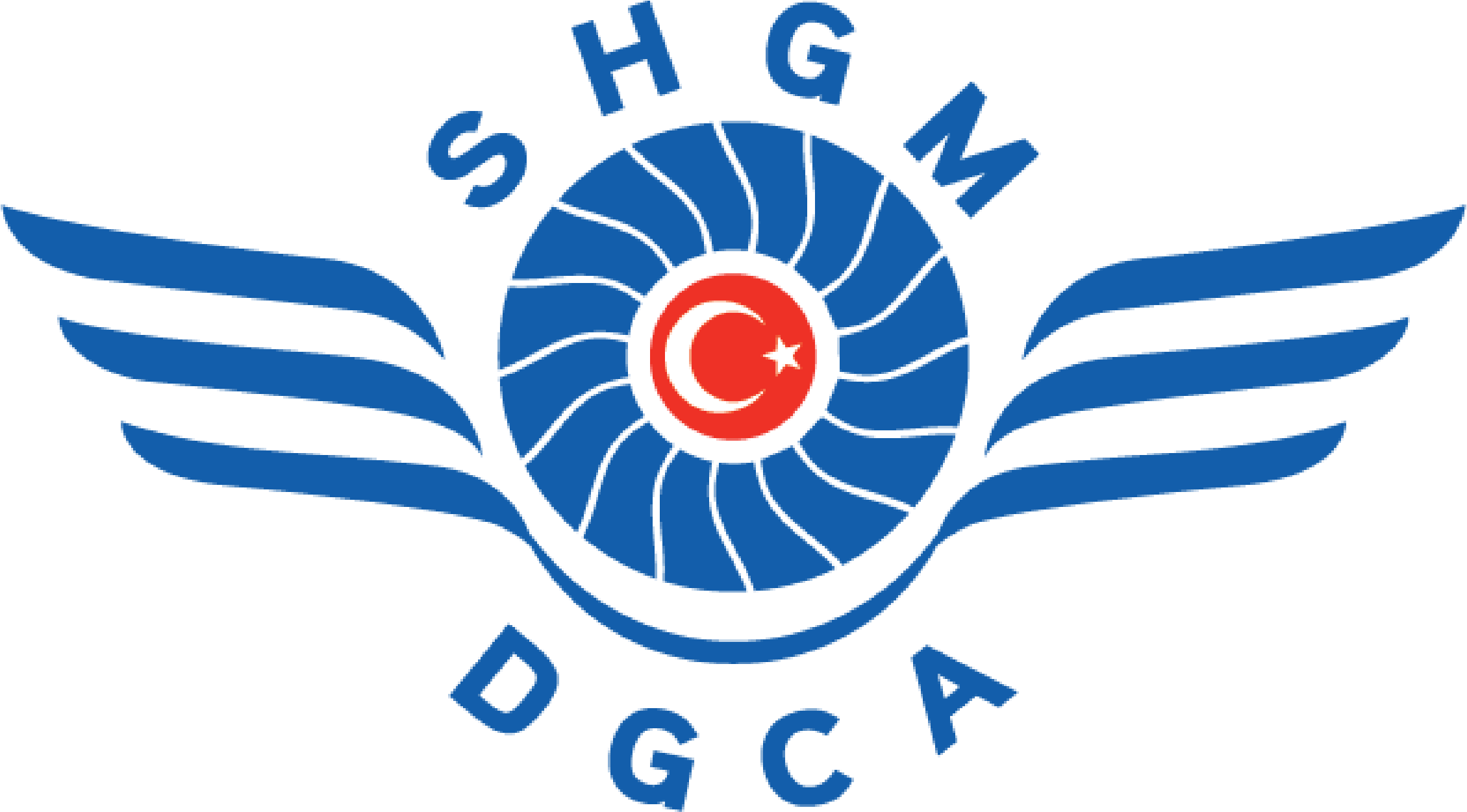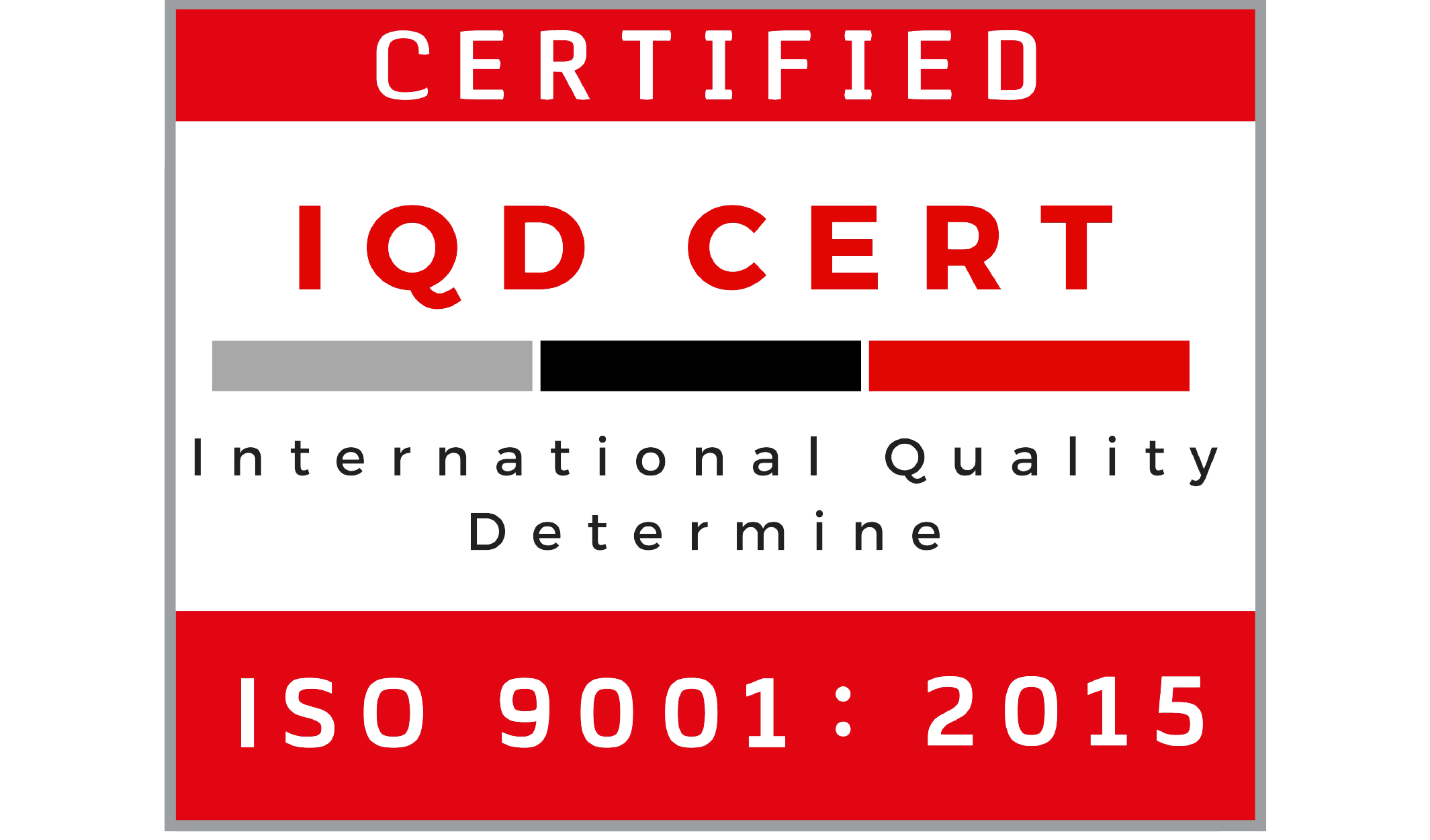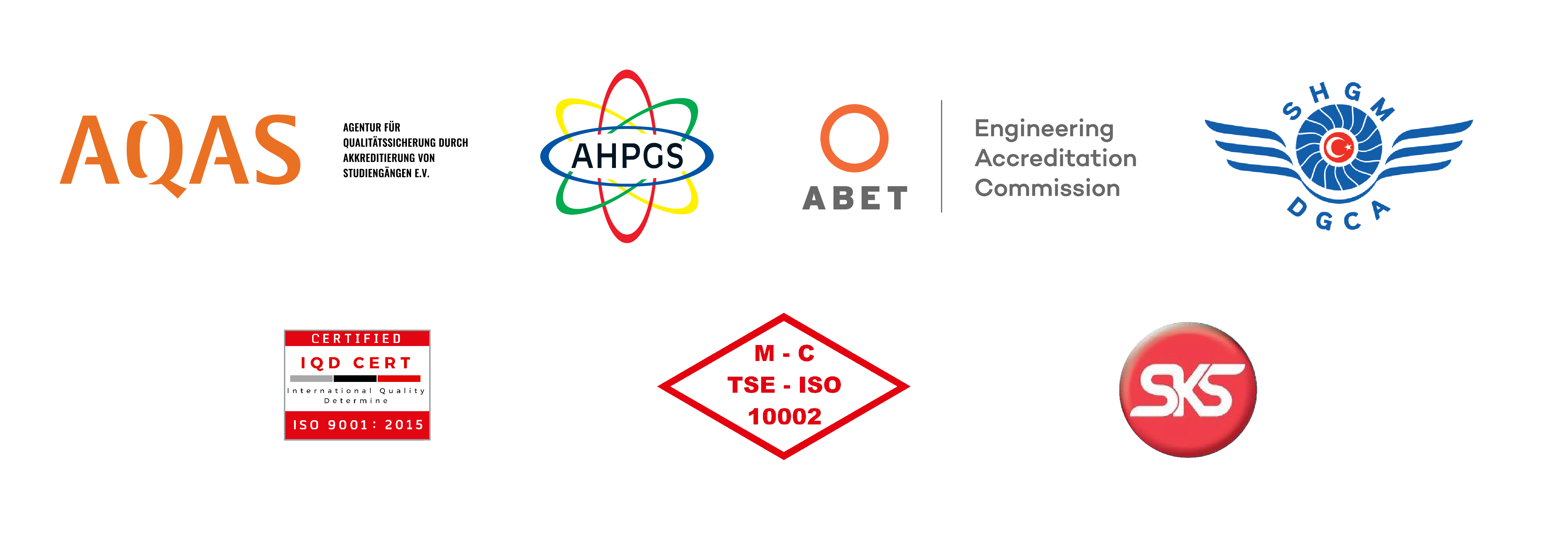Attention to accidents due to fall in the elderly
Noting accidents due to fall in old age, Gerontologist F. Sıla Ayan said that about one in five elderly patients with hip fractures died within one year of injury.
According to the World Health Organization (WHO), "fall and accidents in old age" are shown as one of the 4 big problems of old age.
Gerontologist Lecturer F. Sıla Ayan from the Department of Gerontology at Istanbul Gelisim University also noted the accidents in old age. Ayan said: “Falling among the elderly is the primary cause of fatal accident. It is the most common cause of non-fatal injuries and hospitalization due to trauma.” And she continued her speech as follows: “Approximately 35-40 percent of people in the population aged 65 and above who are generally healthy fall once a year. In the elderly (80 years old and above), this rate reaches to 50 percent. Half of them are repetitive falls. The rate is 3 times higher in hospitalized people and nursing homes. The fact that a preventable and manageable problem leads to such sad consequences should be a focus for both academic studies and practical services.”
“30 PERCENT OF FALLEN ELDERLY ARE EXPOSED TO HEAVY INJURIES”
Gerontologist F. Sıla Ayan stated as follows: “20-30 percent of people who fall are exposed to moderate/severe injuries, from bruises to hip fractures or head injuries. These injuries limit independent life and increase the chance of early death. More than 90 percent of hip fractures among adults aged 65 years and older are due to fall.”
Emphasizing that injuries due to falling cause health problems, decreased quality of life and early death, Ayan stated that about one in five elderly patients with hip fractures died within one year of injury.
“MOST PATIENTS WITH HIP FRACTURES ARE PLACED IN HOSPITALS WITHIN A WEEK”
Noting that one of the 10 elderly people who came to the emergency service applied for the fall injury, Ayan said: “The most common injuries due to falling are fractures (41 percent), open wounds (21 percent), sprains (10 percent), internal organ injuries (5 percent), dislocations (1.5 percent). 33 percent of elderly people with internal organ injuries and 41 percent of patients with fractures require long-term care. In the majority of the elderly who prefer to stay in nursing homes, there is a need for care due to complications that appear after a fall.”
WHAT IF HELP DOES NOT COME?
Gerontologist Lecturer F. Sıla Ayan from Istanbul Gelisim University Gerontology Department, continued as follows: “Falls that do not cause an injury can cause death if a person cannot get up and call for help. Lying more than twelve hours can lead to pressure sores, dehydration, hypothermia, pneumonia and death. Almost 50 percent of fallen people need help to get off the ground in at least one fall. In many interviews, it was stated that the biggest fear of many elderly people living alone was not being able to call for help after the fall and passing away alone.”
POST-FALL ANXIETY IS AN IMPORTANT RISK TO BE EXCEEDED
Expressing that one of the most important principles of gerontology is always to be open to development, to be able to refer and manage changes and losses Ayan noted that one of the main responsibilities of gerontologists is to provide consultancy and support to patients in this regard. Reminding that falls can cause anxiety (post-fall anxiety syndrome) that occurs after the fall and fear of falling in the elderly even if the falls do not result in a serious injury, Ayan added: “This situation may cause the self-confidence in the elderly to decrease, restrict daily activities, and lead a more sedentary life. This chain reaction may lead to gradual withdrawal and isolation of the elderly.”
WHAT CAN WE DO?
Stating that falling prevention is much easier, less costly and efficient than managing the consequences, Ayan drew attention to the comprehensive geriatric and gerontological evaluation that determined the condition of the elderly and the domestic arrangements appropriate for the elderly, the regular exercise, geriatric rehabilitation interventions that maintain strength and balance, rational drug use, regular nutrition, the selection of suitable shoes and the use of auxiliary equipment if necessary.
.jpg) Created Date: : Friday, January 31, 2020
Created Date: : Friday, January 31, 2020
.jpg) Created Date: : Friday, January 31, 2020
Created Date: : Friday, January 31, 2020







